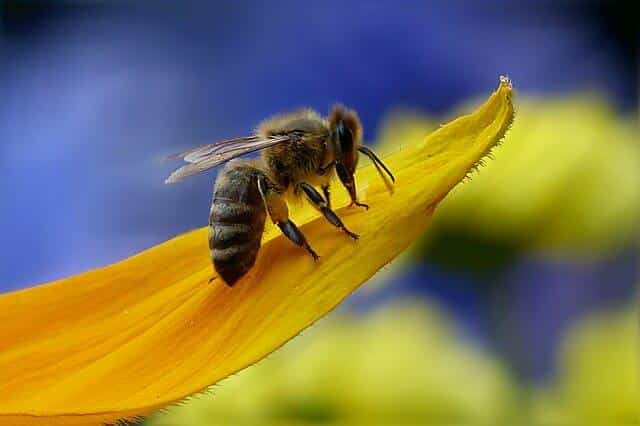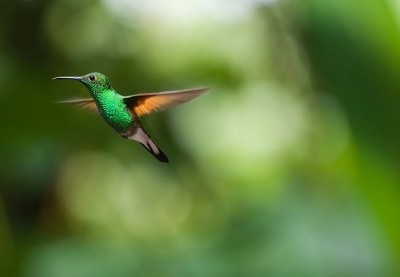So, you have planted your garden and are looking forward to eating all that fresh produce. Did you know that you can make your garden even more productive by planting flowers? That’s right, flowers. Attracting pollinators to your garden can impact how well your plants produce.
Different Categories of Plants
Garden crops fall into four different categories for pollination, according to the University of Georgia Cooperative Extension. For the purposes of this article, we will discuss three.
The first group is self-pollinating, and they don’t need insects or wind for pollination. Beans, peas and tomatoes are in this category.
The All-Natural Fertilizer That Can Double Your Garden Yield!
The second group needs pollination from an unrelated plant. Radishes and cabbages are the only vegetables in this category, but because we eat the root part of the radish you still can get a good crop without pollination.
The 17 Vegetables
The third and largest group is vegetables requiring cross-pollination. Cross-pollination is accomplished through windblown pollen in beets, carrots, celery, corn, onions, spinach and Swiss chard. But a large list of vegetables usually require pollination by insects. These 17 vegetables are: broccoli, Brussels sprouts, cauliflower, collards, cucumbers, eggplant, kale, lettuce, muskmelon, mustard, okra, parsley, peppers, pumpkins, rutabaga, squash and watermelon.
Bees are one of the best pollinators, but butterflies and hummingbirds can also help with pollination.
How to Attract Pollinators
So how do you get more bees, butterflies and hummingbirds into your garden? Make it a pollinator-friendly place by implementing some or all the following ideas.
1. Find space in your garden for nectar and pollen-rich plants that will attract bees and butterflies. Mint is great for attracting bees. Mint spreads quite a bit, so you want to have a space where it can grow and fill in without crowding out other plants, or take some steps to contain it, like planting mint in a pot in the ground to help keep the roots from spreading.
Other herbs, such as chives, thyme, marjoram, sage, lavender and Echinacea, also attract bees and butterflies. Planting an herb garden, or planting herbs interspersed with your vegetables, will bring bees and butterflies to the garden. Pineapple sage is another great flower to attract birds, bees and hummingbirds. In warm climates, where pineapple sage grows year-round, it can get to be six feet high. A hedge of pineapple sage is constantly filled with hummingbirds and butterflies when the red, trumpet-shaped flowers are blooming. In colder climates, you can still grow pineapple sage, but it behaves like an annual instead of a perennial so it won’t get as big.
Need Non-GMO Seeds? Get The Best Deals Here!
Bees, of course, also love flowers. Wildflower mixes contain a variety of bright-colored flowers that will attract bees. If you are wanting a more cultivated look in your yard or garden, try some of the following flowers: Cosmos, calendula, bee balm, sunflowers, rose mallow and cornflowers. It doesn’t take much space to plant flowers and herbs that will attract bees and butterflies to your yard or garden. You can plant something as small as a container with a few flowers, or a large field covered with flowers and herbs, or anything in between.
2. Add water. Butterflies and bees all need water. Consider adding a birdbath or installing a water garden or catch basin to provide water. Hummingbird feeders will attract hummingbirds, who also can help with pollination, and you will find that bees and butterflies also use the feeders when the hummingbirds let them.
3. Provide shelter.You can purchase or build man-made bee boxes or homes, or you can allow natural spaces where bees can create nests, such as an old tree, allowing part of your yard to grow wild to provide shelter for ground bees, or leave a decomposing log in a sunny place.
4. Watch the pesticides … and go organic. Pesticides not only kill harmful pests, but they also kill beneficial insects. By using organic methods, you can control pests and diseases by working with nature. Using organic methods also helps protect the pollinators.
Attract more pollinators to your garden this year, and see how much better your garden grows.
How do you attract pollinators to your garden? Share your thoughts in the section below:
 Off The Grid News Better Ideas For Off The Grid Living
Off The Grid News Better Ideas For Off The Grid Living





